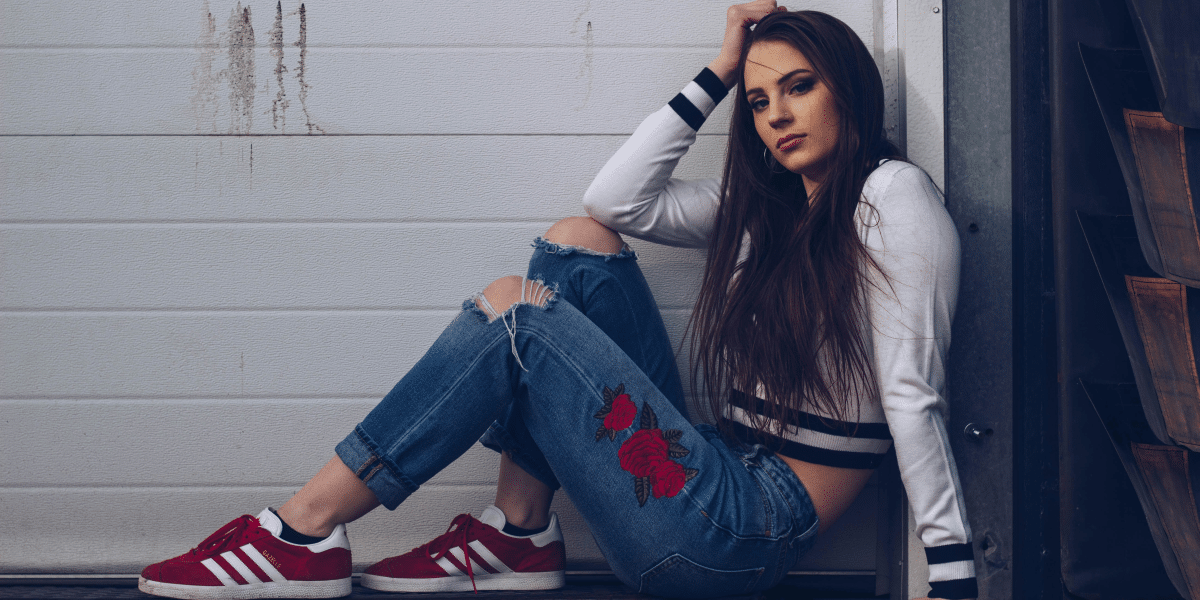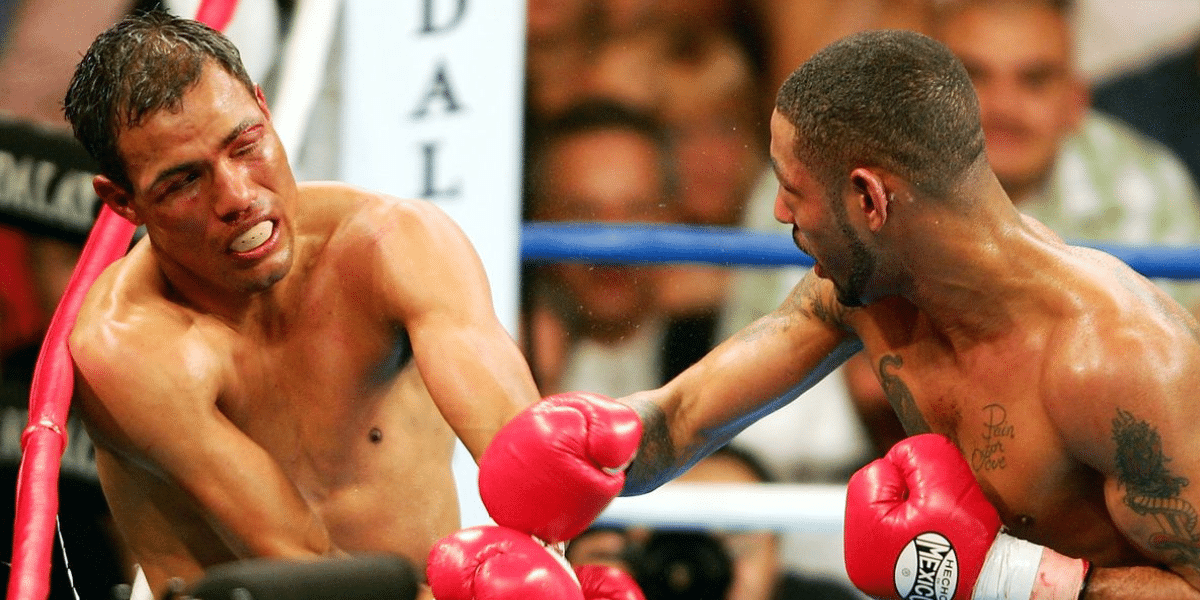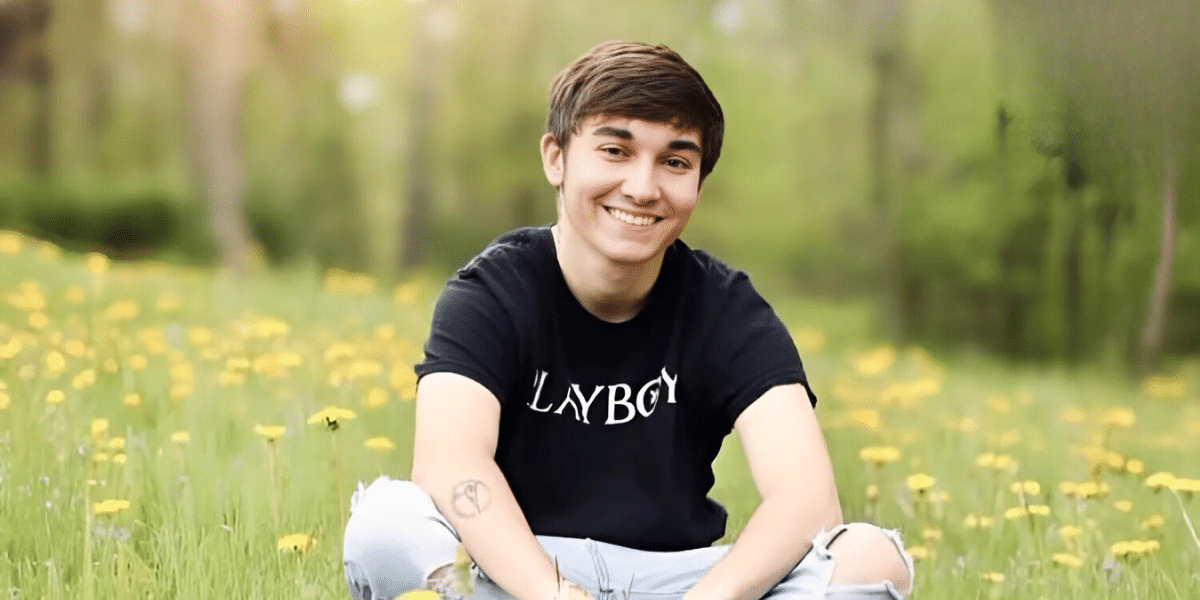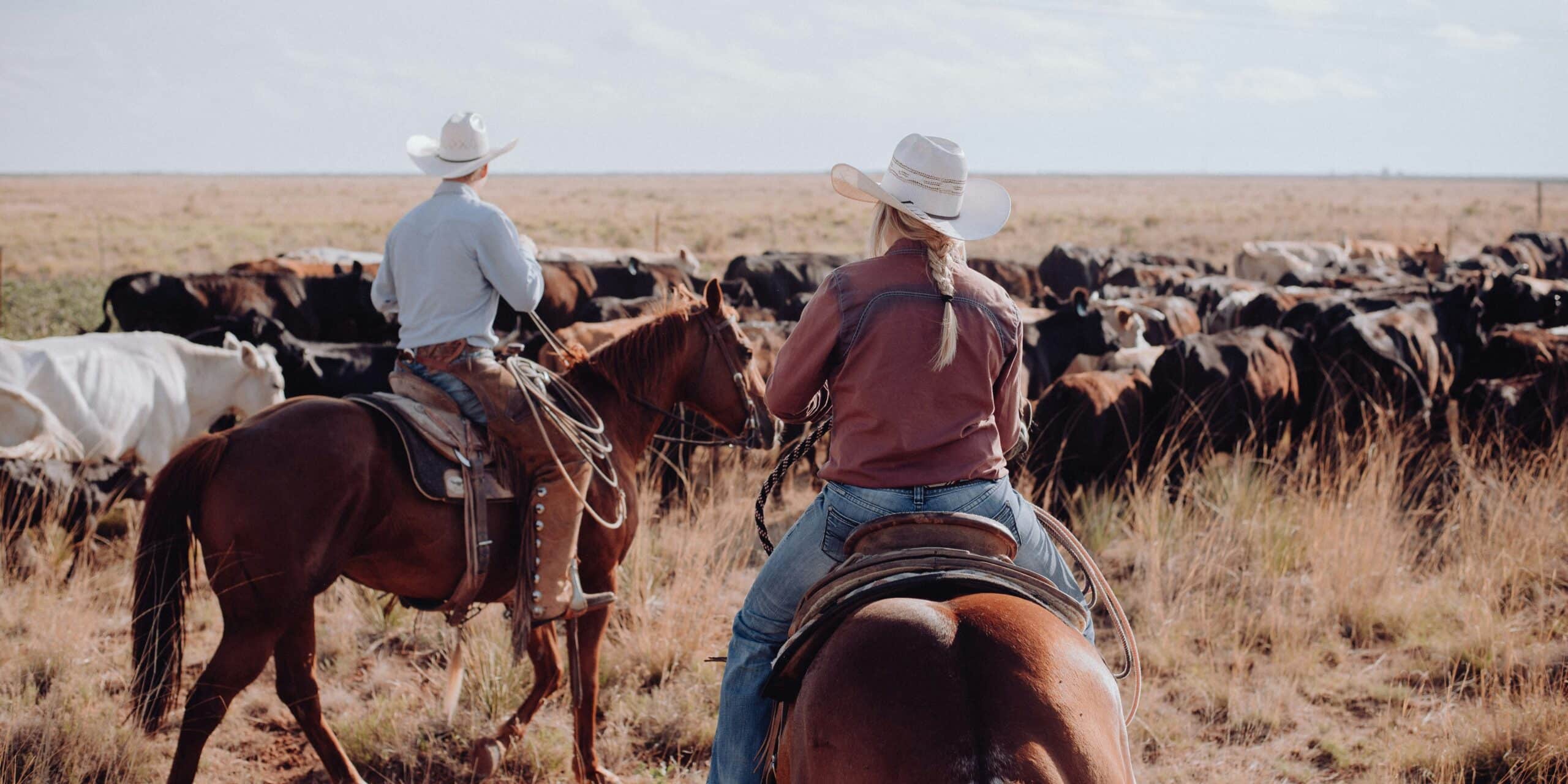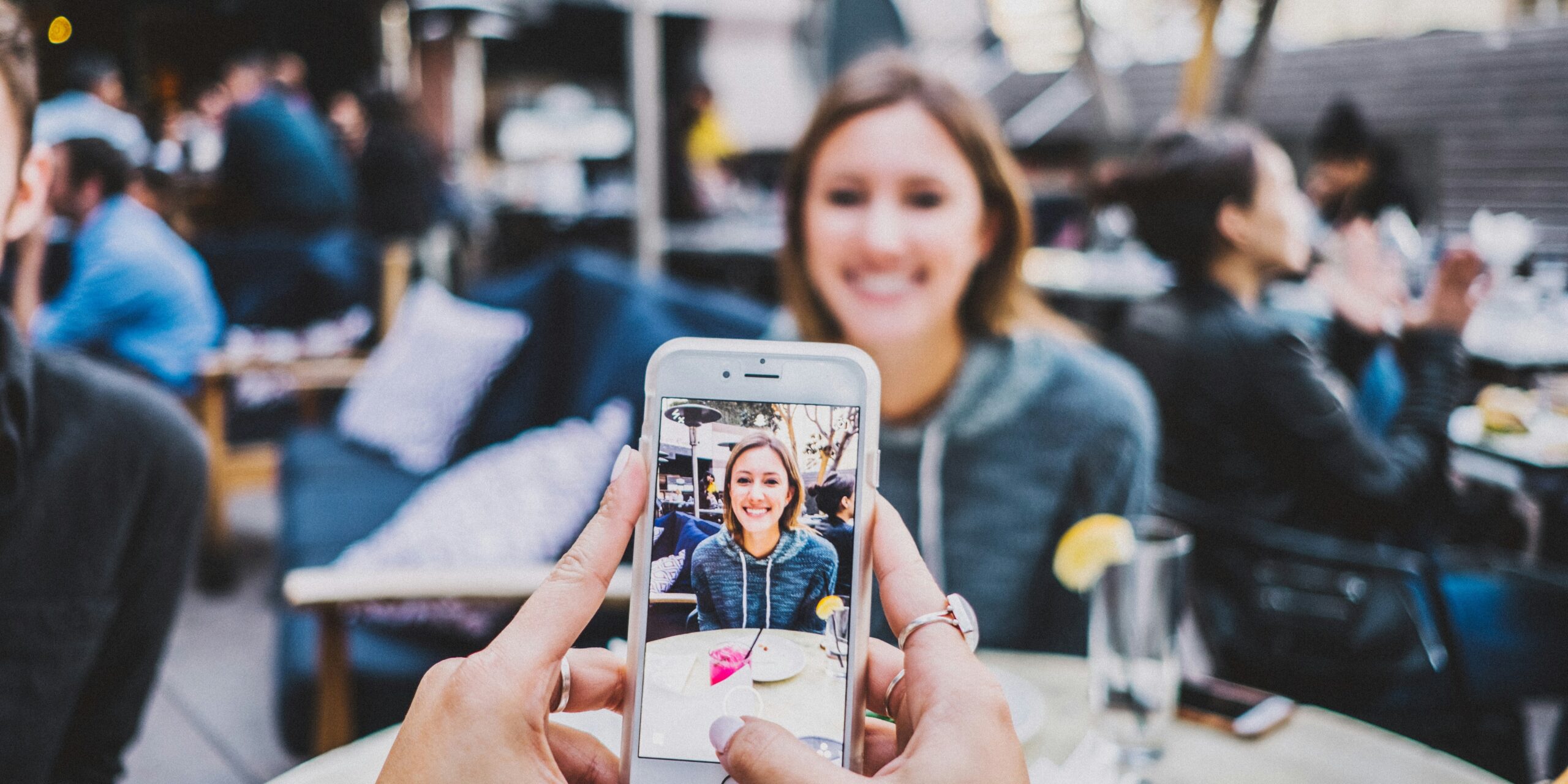Ever wondered how the glamorous world of modeling came to be? It’s not all red carpets and flashing cameras, my friend. The history of modeling is a fascinating journey, spanning centuries and continents, and it’s way more interesting than you might think! So, grab a cup of coffee, sit back, and let’s take a stroll down memory lane as we explore the evolution of this captivating industry.
Humble Beginnings: The Birth of a Profession
Believe it or not, the modeling world wasn’t always the glitz and glam we see today. Back in the mid-1800s, things were a bit different. Imagine this: fashion shows with mannequins that were, well, lifeless. Not exactly the most exciting way to showcase new designs, right?
Enter Charles Frederick Worth, a fashion pioneer with a brilliant idea. He decided to ditch the mannequins and showcase his creations on a real, live person – his wife, Marie Vernet Worth. Talk about a power couple! This move was a game-changer, and it marked the beginning of modeling as a profession.
Now, don’t get too excited just yet. These early models weren’t strutting down runways like today’s supermodels. “Before the advent of photography, live models were essential for showcasing clothing and accessories to potential customers.” It was more like being a living mannequin, showing off clothes to potential buyers. It wasn’t exactly a glamorous job, and the pay wasn’t great either. But hey, someone had to do it, and those early pioneers paved the way for the exciting world of modeling we know and love today.
Photography’s Impact: A New Era for Models
The invention of photography revolutionized the modeling industry. In the late 1800s and early 1900s, photographs of models began appearing in newspapers and magazines, reaching a wider audience and increasing the demand for models.
As “Fashion Photography: A History” explains, “Photography democratized fashion, making it accessible to a broader audience and creating new opportunities for models.” This marked the beginning of a shift from live displays to print media, paving the way for the development of modeling agencies and the rise of supermodels in the decades to come.
The 1980s and 90s saw the rise of the supermodel phenomenon, with iconic figures like Cindy Crawford, Naomi Campbell, and Linda Evangelista gracing the covers of magazines and dominating the runways. These models weren’t just pretty faces; they were cultural icons, household names with immense earning power and influence.
“The Supermodel Era” notes that “Supermodels transcended the fashion industry, becoming celebrities in their own right and shaping popular culture.” They were the epitome of glamour, embodying an aspirational lifestyle that captivated audiences worldwide.
The Digital Age: Modeling in the 21st Century
The advent of the internet and social media has revolutionized the modeling industry in profound ways. Models now leverage platforms like Instagram to build their brands, connect with fans, and book gigs, bypassing traditional gatekeepers such as agencies and casting directors. This shift has opened up unprecedented opportunities for models to gain visibility and control over their careers. “Social media has democratized the industry, giving models more control over their careers and allowing them to reach a global audience.” With the ability to showcase their portfolios, engage with followers, and attract the attention of brands directly, models have turned into powerful influencers with significant commercial impact.
This transformation has led to the emergence of influencer models, who use their online presence to secure lucrative brand partnerships and collaborations. These models cultivate large followings on platforms like Instagram, where their personal style, lifestyle, and charisma attract brands looking to tap into their audience. By partnering with brands for sponsored posts, product endorsements, and exclusive campaigns, influencer models can earn substantial incomes. The dynamic has shifted such that having a strong social media presence can be as crucial as traditional modeling attributes. This has allowed a more diverse range of individuals to enter and thrive in the industry, breaking down previous barriers related to looks, size, and background.
Furthermore, the direct interaction between models and their audience on social media fosters a deeper connection and authenticity that resonates with followers. Fans appreciate the behind-the-scenes glimpses into models’ lives and the candid, unfiltered content they share. This engagement builds a loyal fan base and enhances the model’s marketability to brands. “Social media has provided a platform for models to build personal brands and connect with their audience in a way that was never possible before.” As a result, models today not only represent fashion and beauty ideals but also serve as relatable figures and trendsetters, significantly influencing consumer behavior and brand strategies in the digital age.
The Future of Modeling: Diversity, Inclusivity, and Sustainability
Hold onto your hats, folks, because the modeling world is in the midst of a major glow-up! It’s not just about the same old cookie-cutter look anymore. The industry is finally embracing the beautiful diversity that exists in our world, and it’s about time!
“The modeling industry continues to evolve, embracing diversity, inclusivity, and sustainability.” This means we’re seeing more models of all shapes, sizes, colors, and genders strutting their stuff on the runway and in magazines. It’s a refreshing change from the days when only a narrow definition of beauty was considered acceptable.
“The industry is becoming more inclusive, reflecting the diverse world we live in.” This shift towards inclusivity isn’t just a trend; it’s a long overdue change that’s making the modeling world a more welcoming and representative space. And you know what? It’s not just good for the models; it’s great for us, the consumers! We finally get to see people who look like us in the media, and that’s something worth celebrating.

